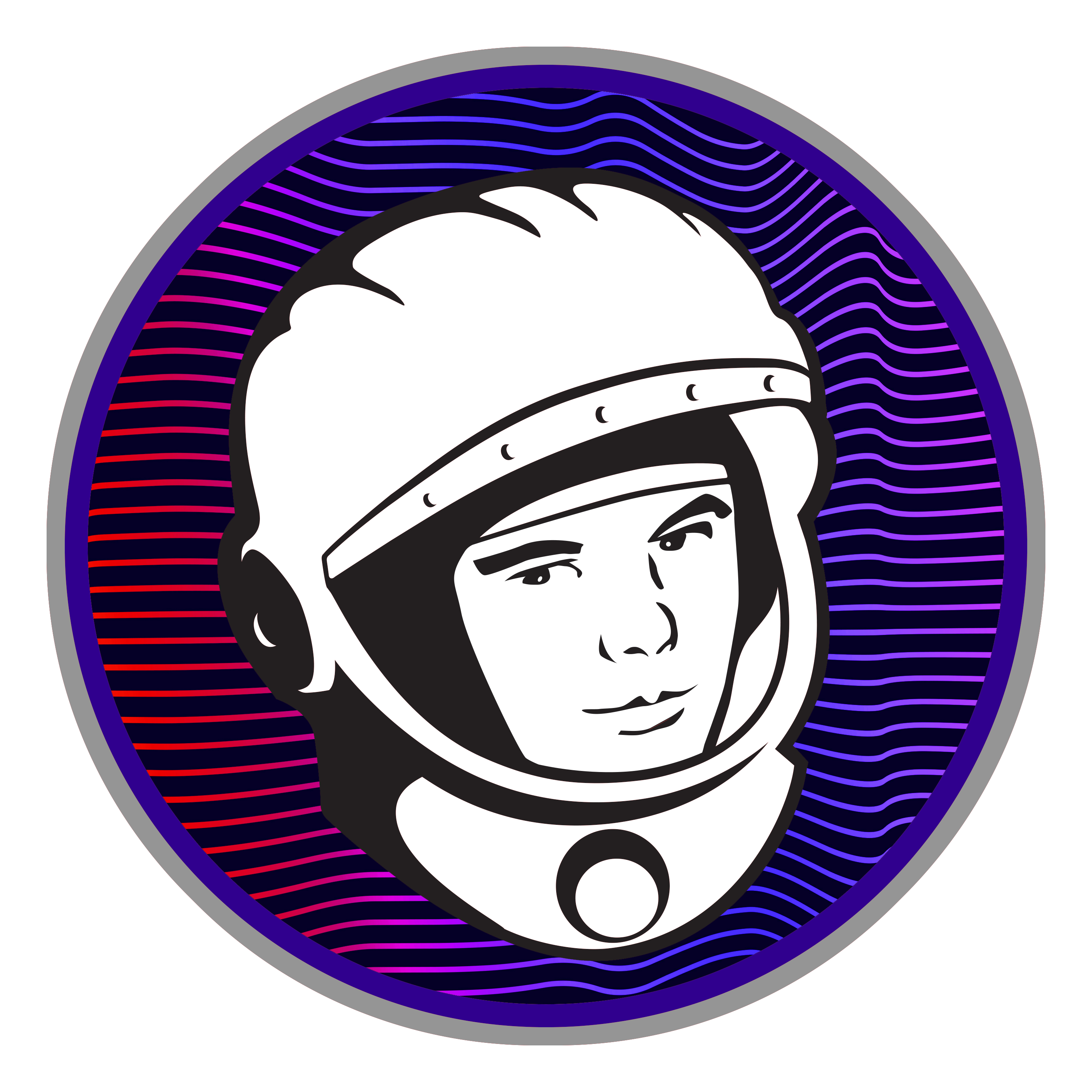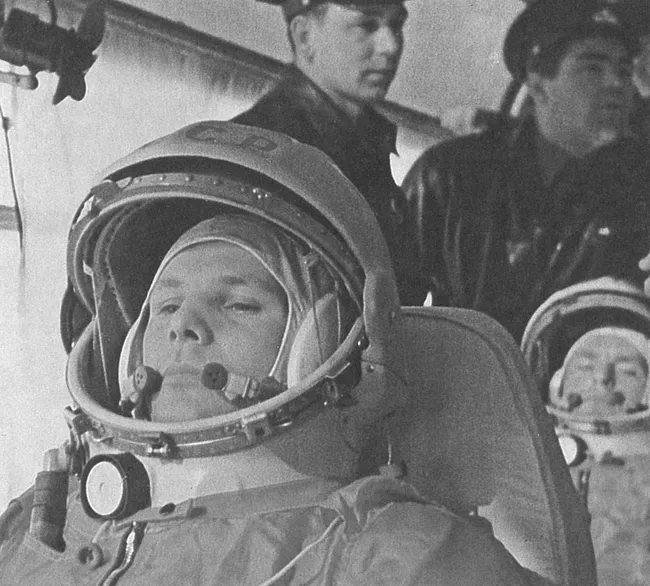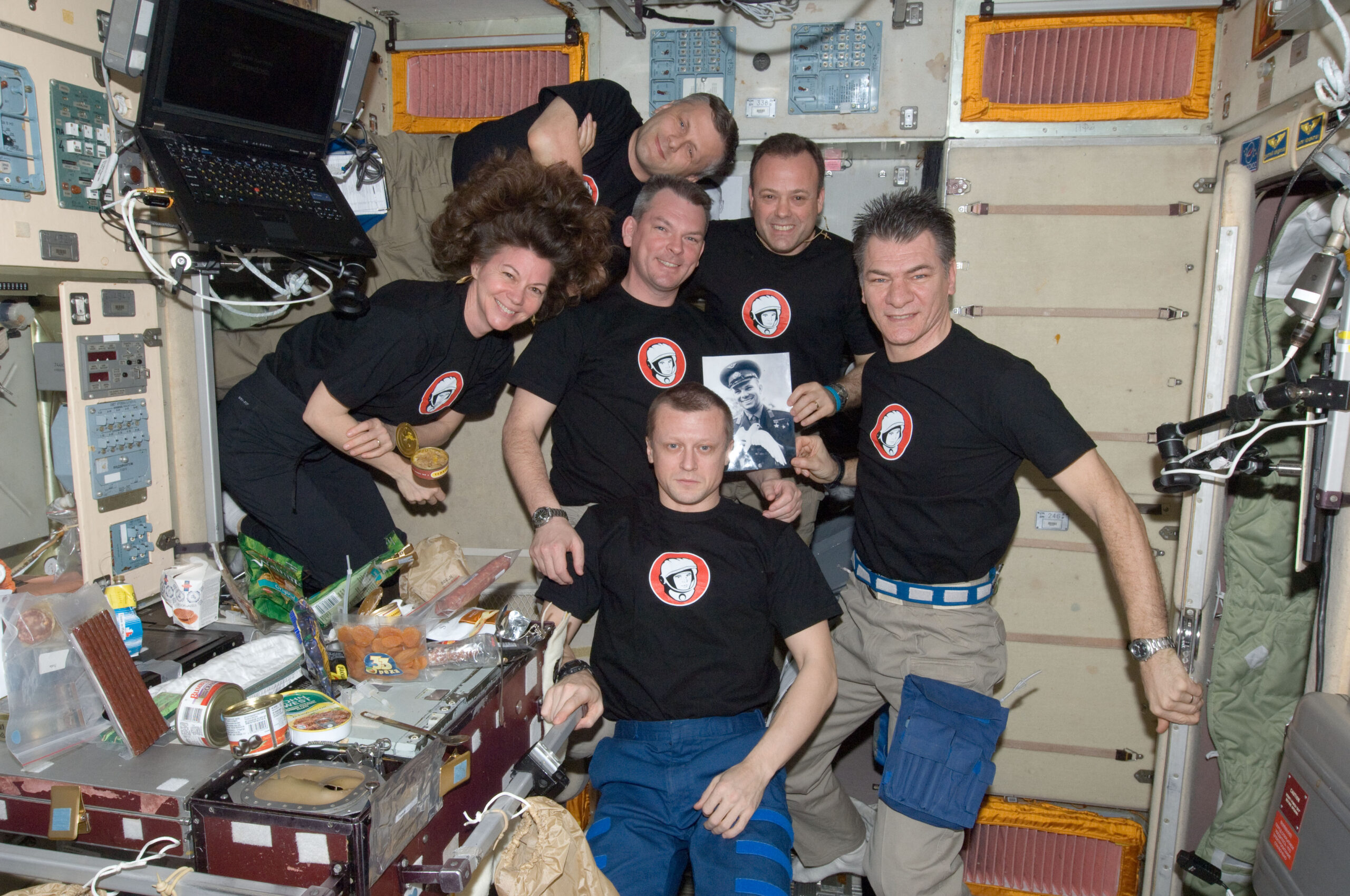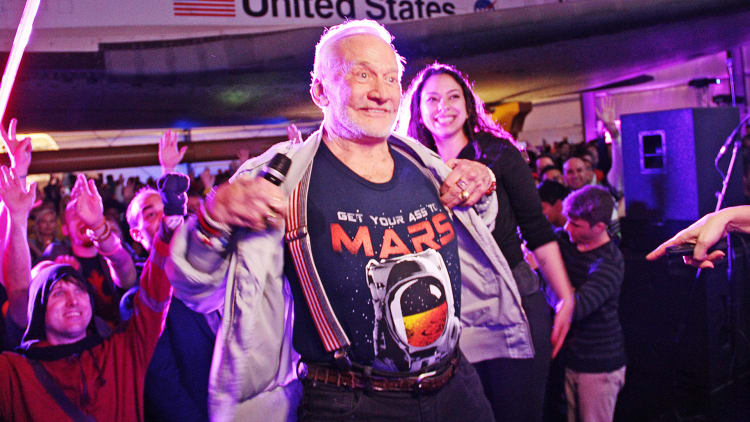On April 12, 1961, Cosmonaut Yuri Gagarin became the first human in space. Turns out he also inspired one helluva party.
For the last 15 years, space enthusiasts around the globe have gathered on or around April 12 for International Yuri’s Night, space-themed events featuring a mixture of education, music, cocktails, and costumes.
“We’re trying to make space cool and appeal to younger generations and non-scientists,” says Loretta Hidalgo Whitesides, who co-founded the event with her husband, Virgin Galactic CEO George Whitesides.
“It’s also about bridge-building, bringing humanity together in this endeavor and using resources from space responsibly,” says Whitesides, a space industry consultant and former NASA astrobiologist. “We’re trying to bring together the rival superpowers of the U.S. and Russia, science and engineering with arts and music. People need to know that just because you don’t have a math or science degree doesn’t mean you can’t be part of it. Musicians, artists, and designers love space and Star Wars as much as scientists. We just took more math in college.”
The flagship party takes place in Los Angeles—for the past three years, under the retired space shuttle Endeavour at the California Science Center—alongside more than 600 events in 100 countries. The United Nations celebrates it as International Day of Human Space Flight, and Russia, as Cosmonautics Day.
This year’s celebrity guests at the L.A. fest included astronaut Mae Jemison, Curiosity engineer “Mohawk Guy” Bobak Ferdowsi, JPL astrobiologist Kevin Hand (who appeared with Whitesides in James Cameron’s 2005 documentary, Aliens of the Deep), Star Trek: Voyager’s Tim Russ, Babylon 5’s Patricia Tallman, and The X-Files’ Dean Haglund.
But other events take the form of astronaut lectures, museum tie-ins, or art sessions. “Our intention was to create a holiday like Earth Day, that could be celebrated around the world, but empower people to create their own local events,” says Whitesides.
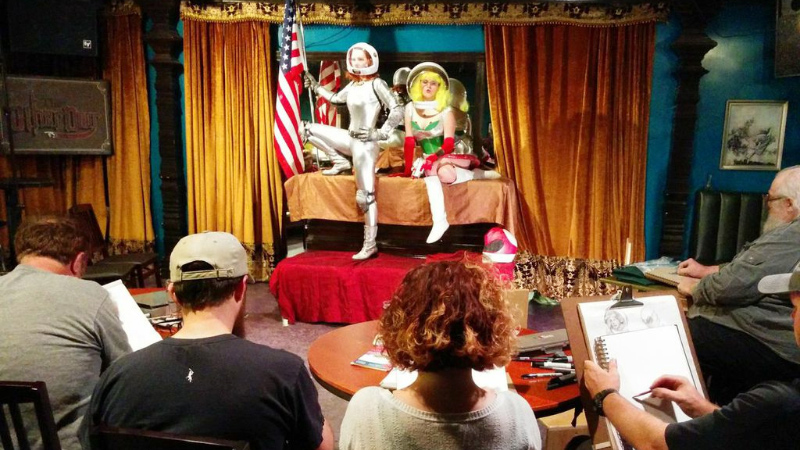
HOW IT LAUNCHED
Whitesides first raised the idea at a 1999 UN Young Professionals Program, where she met her husband, who coined the name and helped her organize the maiden event the following year. “We consider Yuri’s Night our first child,” she jokes. “A cosmonaut being the first human in space made me feel that we could bring the world together as we create a future in space. The fact that the first shuttle launched on April 12, 20 years after Yuri did, is some kind of cosmic coincidence. It was meant to be.”
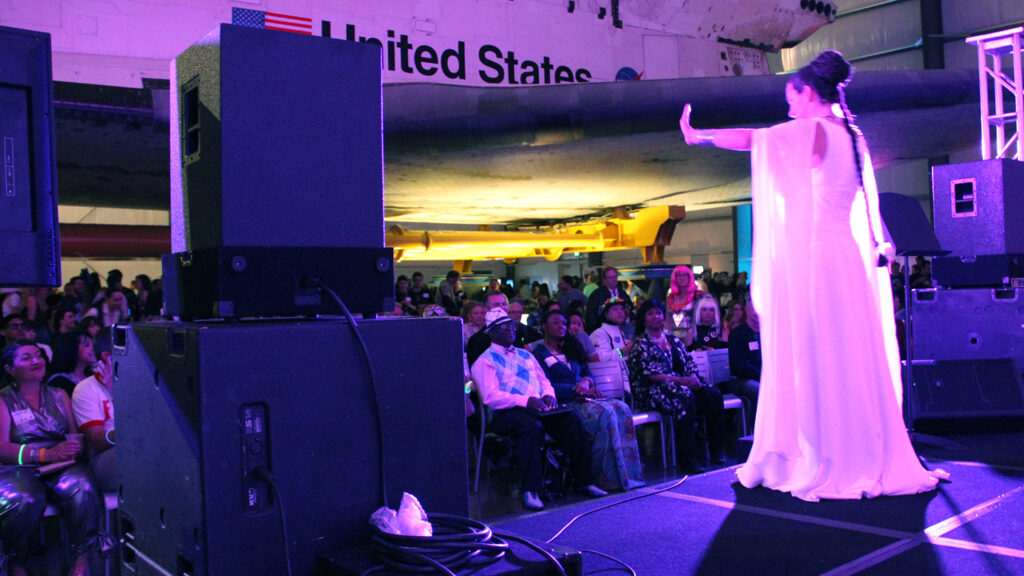
Such an event was also a more down-to-earth response to the conservative atmosphere that permeated NASA after the 1986 Challenger explosion (and again with the 2003 Columbia disaster).
“After Challenger, NASA became more by-the-book, which made it really boring,” says Whitesides. “Eventually, Congress and NASA realized they needed to work more on outreach to let constituents know what they were spending their money on, and inspire future generations with more relevant engagement, like tweeting from space.”
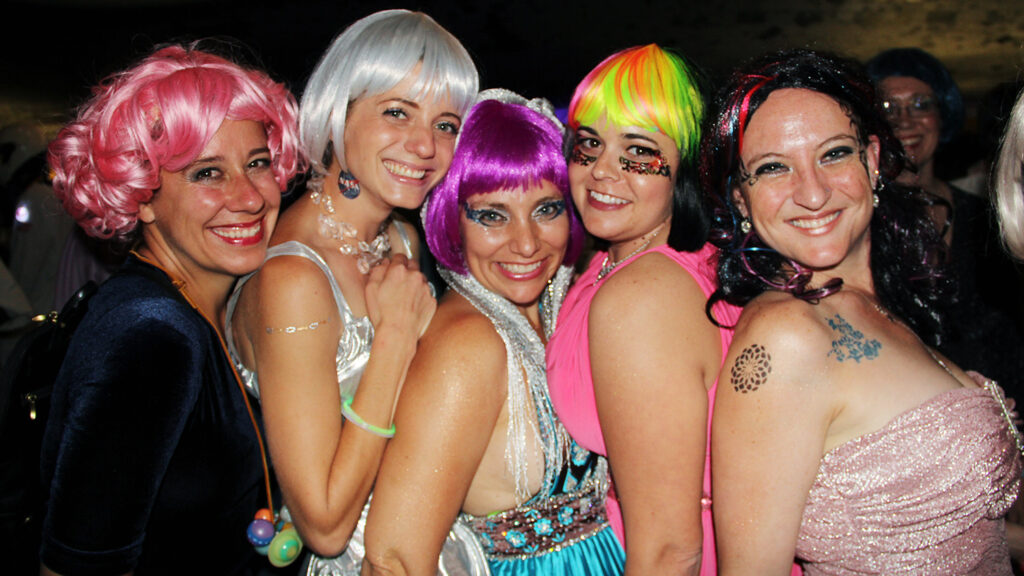
In 2010, Yuri’s Night earned nonprofit status, and ramped up its efforts to educate audiences about current space missions, both on its own and in conjunction with similar events, like World Space Week during October 4-10 (the respective anniversaries of the Sputnik launch and Outer Space Treaty commencement.)
Ryan Kobrick, an R&D project manager for Space Florida who runs Yuri’s Night events in Florida’s Space Coast, signed on as its volunteer president and board chairman. “We’re trying to be a central location for Yuri’s Night events and let people know about Yuri’s Night throughout the year, so people are aware of human space flight and its benefits to our future.”
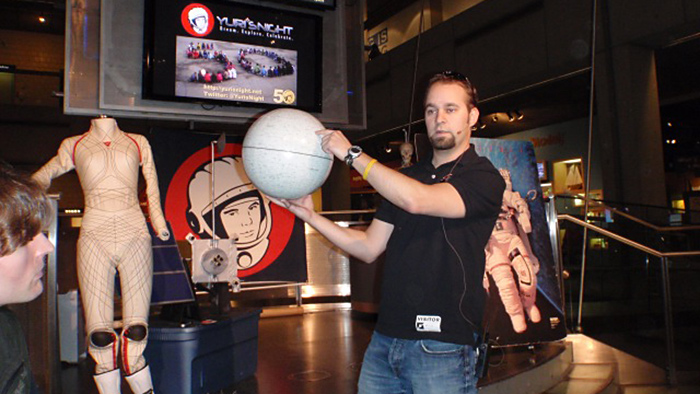
Meanwhile, Whitesides is always looking for ways to draw attention to Yuri’s Night, like campaigning for China to land its first person on the moon on April 12.
“We want it to be relevant 10,000 years into the future,” she says.
